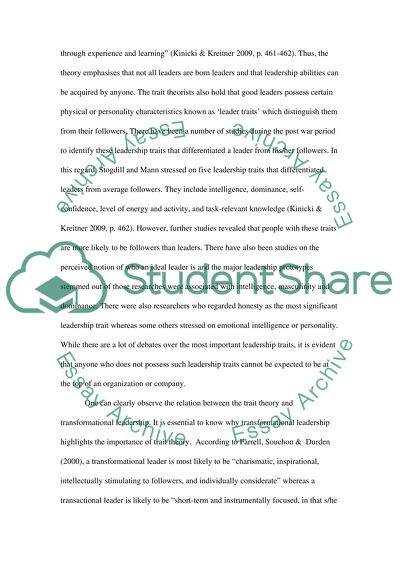Cite this document
(“Transformational leadership highlights the importance of trait theory Assignment”, n.d.)
Retrieved de https://studentshare.org/family-consumer-science/1411803-transformational-leadership-highlights-the
Retrieved de https://studentshare.org/family-consumer-science/1411803-transformational-leadership-highlights-the
(Transformational Leadership Highlights the Importance of Trait Theory Assignment)
https://studentshare.org/family-consumer-science/1411803-transformational-leadership-highlights-the.
https://studentshare.org/family-consumer-science/1411803-transformational-leadership-highlights-the.
“Transformational Leadership Highlights the Importance of Trait Theory Assignment”, n.d. https://studentshare.org/family-consumer-science/1411803-transformational-leadership-highlights-the.


